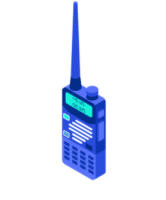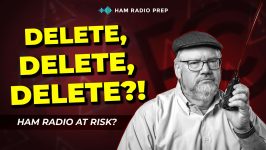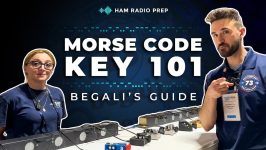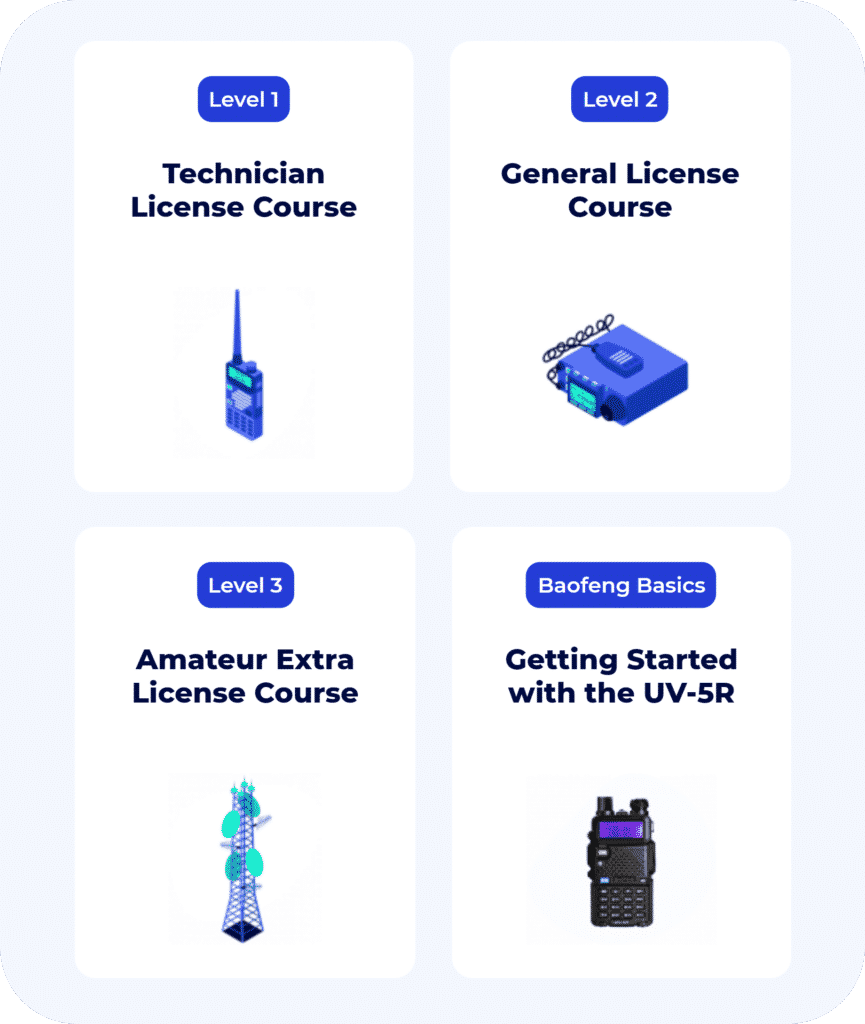Why You Shouldn’t Wait Until an Emergency to Get Your Ham Radio License
In the world of ham radio, a common misconception often floats around: “You don’t need a license in a true emergency.” While that may sound reassuring, it’s a risky mindset. James (N0WRL from Ham Radio Prep) and Brian (KG5VEK from American Contingency) discuss why getting licensed and practicing your skills before disaster strikes is crucial. Here’s what you need to know.
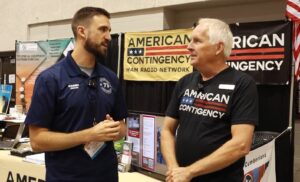
Preparedness Is Key: The American Contingency Approach
American Contingency is a national preparedness organization with teams across all 50 states. Their mission? Empowering communities through local meetups and hands-on training. They cover:
- Medical training
- Disaster relief strategies
- Food preservation and gardening
- Herbal remedies and self-reliance skills
Ham radio plays a pivotal role in their communication strategy. But it’s not just about having a radio—it’s about knowing how to use it.
Why Communication Plans Matter in Emergencies
Brian emphasizes the importance of PACE planning—a framework for communication that includes:
- Primary communication methods (like cell phones)
- Alternate methods (GMRS, a stepping stone to ham radio)
- Contingency plans
- Emergency options (ham radio)
When cell networks fail, having a backup plan like ham radio ensures you can still connect with loved ones.
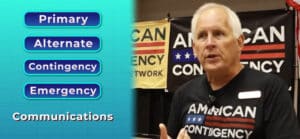
The “Training First” Mentality: Practice Makes Perfect
A powerful analogy drives home the importance of training:
“The first time you use a firearm shouldn’t be when someone’s breaking into your house.”
The same applies to ham radio. Owning a radio isn’t enough—you need to know how to program frequencies, set up antennas, and establish reliable communication channels.
POTA: Learning Emergency Skills While Having Fun
Brian highlights Parks on the Air (POTA) as a fun way to practice ham radio skills. It involves setting up portable radio stations in parks, which simulates real-world emergency scenarios. Participants learn to:
- Operate radios off-grid using batteries.
- Set up antennas in challenging environments.
- Make contacts across multiple states.
These experiences help build confidence and competence in emergency communications.
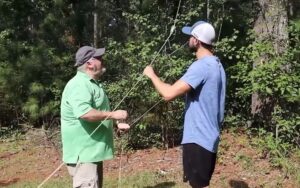
The Importance of Getting Licensed
Licensing isn’t just a formality—it’s a pathway to real-world skills. We encourage enthusiasts to get licensed, not only to comply with regulations but also to gain practical experience.
Ham Radio Prep offers online courses for all levels: Technician, General, and Amateur Extra. The interactive lessons, quizzes, and practice exams make learning enjoyable and effective. Plus, we guarantee you’ll pass your exam on the first try—or your money back.
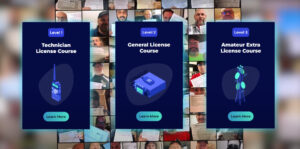
Ready to get started? Visit hamradioprep.com and join over 60,000 students who have earned their licenses.
Conclusion: Don’t Wait for an Emergency
Preparedness is more than owning equipment—it’s about mastering the skills needed to use it. By getting your ham radio license and practicing regularly, you’ll be ready when it matters most. Take the first step today and become part of a community dedicated to emergency communication and resilience.

